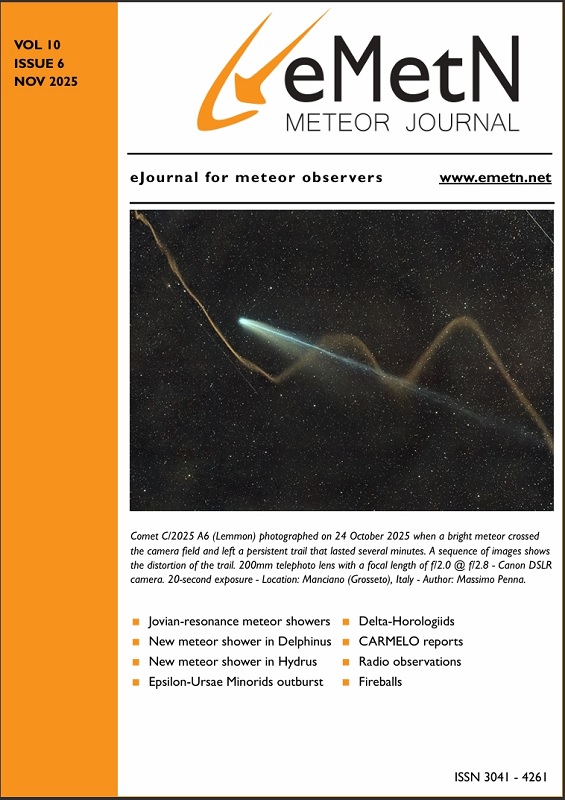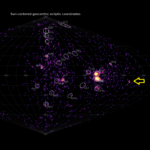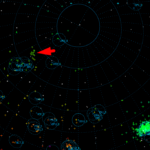Meteor Activity Outlook for 2-8 January 2021
During this period, the moon reaches its last quarter phase on Wednesday January 6th. At this time, the moon is located 90 degrees west of the sun in the sky and will rise near midnight standard time. This weekend the waning gibbous moon will rise during the evening hours and will make it difficult to view any meteor activity the remainder of the night.
Read More



